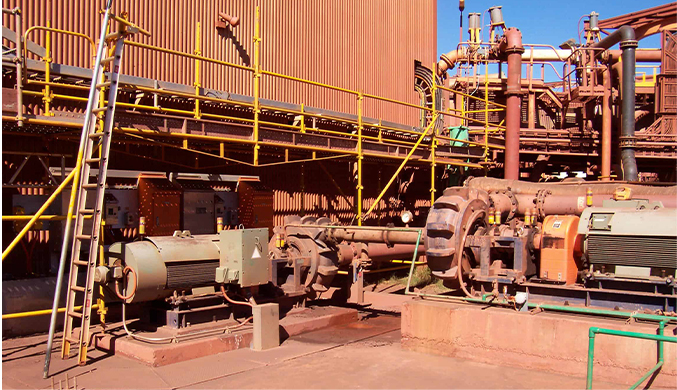English
- Afrikaans
- Albanian
- Amharic
- Arabic
- Armenian
- Azerbaijani
- Basque
- Belarusian
- Bengali
- Bosnian
- Bulgarian
- Catalan
- Cebuano
- Corsican
- Croatian
- Czech
- Danish
- Dutch
- English
- Esperanto
- Estonian
- Finnish
- French
- Frisian
- Galician
- Georgian
- German
- Greek
- Gujarati
- Haitian Creole
- hausa
- hawaiian
- Hebrew
- Hindi
- Miao
- Hungarian
- Icelandic
- igbo
- Indonesian
- irish
- Italian
- Japanese
- Javanese
- Kannada
- kazakh
- Khmer
- Rwandese
- Korean
- Kurdish
- Kyrgyz
- Lao
- Latin
- Latvian
- Lithuanian
- Luxembourgish
- Macedonian
- Malgashi
- Malay
- Malayalam
- Maltese
- Maori
- Marathi
- Mongolian
- Myanmar
- Nepali
- Norwegian
- Norwegian
- Occitan
- Pashto
- Persian
- Polish
- Portuguese
- Punjabi
- Romanian
- Russian
- Samoan
- Scottish Gaelic
- Serbian
- Sesotho
- Shona
- Sindhi
- Sinhala
- Slovak
- Slovenian
- Somali
- Spanish
- Sundanese
- Swahili
- Swedish
- Tagalog
- Tajik
- Tamil
- Tatar
- Telugu
- Thai
- Turkish
- Turkmen
- Ukrainian
- Urdu
- Uighur
- Uzbek
- Vietnamese
- Welsh
- Bantu
- Yiddish
- Yoruba
- Zulu
Telephone: +86 13120555503
Email: frank@cypump.com
Oct . 19, 2024 15:49 Back to list
pneumatic slurry pump
Understanding Pneumatic Slurry Pumps Mechanisms and Applications
Pneumatic slurry pumps play a vital role in various industrial applications, particularly in sectors where the transport of slurries, sludge, or other viscous materials is necessary. Understanding the functionality, benefits, and applications of these pumps enables professionals to make informed decisions in selecting the right equipment for their operations.
What is a Pneumatic Slurry Pump?
A pneumatic slurry pump utilizes compressed air as a driving force to move fluids that contain solid particles. Unlike traditional electric pumps, these pumps offer versatility by being able to handle abrasive, viscous, and heterogeneous mixtures effectively. The design typically consists of a hopper to receive the slurry, an air supply system, and a discharge line that directs the pumped material to its next destination.
Mechanism of Operation
The operation of a pneumatic slurry pump is relatively straightforward yet effective. Compressed air is introduced into the pump, creating a pressure differential that draws the slurry into the pump’s chamber. Once inside, the solid particles and liquid mixture are agitated and pushed through the discharge line. This process can be fine-tuned to accommodate the specific viscosity and density of the slurry being transported.
One key feature of pneumatic pumps is the use of venturi nozzles or airlift mechanisms, which enhance the flow and ensure continuous movement of the slurry. Additionally, pneumatic pumps can be equipped with various control mechanisms that ensure optimal performance and reduce wear and tear on the pump components.
Advantages of Pneumatic Slurry Pumps
1. Versatility Pneumatic pumps can handle a wide range of slurry types, from heavily loaded materials to thin, watery slurries. This adaptability makes them suitable for various industries such as mining, construction, wastewater treatment, and food processing.
pneumatic slurry pump

2. Reduced Maintenance Costs Due to the lack of moving parts in the compression mechanism, pneumatic pumps often have lower maintenance costs compared to conventional mechanical pumps. They are less prone to wear and tear and can operate for extended periods without requiring significant repairs.
3. No Electrical Components Pneumatic pumps eliminate the risks associated with electrical components in hazardous environments, making them a safer choice for operations dealing with flammable or explosive materials.
4. Self-Priming Capability These pumps often have a self-priming feature, allowing them to operate in applications where fluid levels may fluctuate, ensuring continuous operation and reducing downtime.
5. Lightweight Design Generally, pneumatic slurry pumps are designed to be lightweight and portable, enabling easy transportation and installation in various locations.
Applications in Various Industries
Pneumatic slurry pumps find applications in multiple sectors due to their efficient handling of challenging materials. In the mining industry, they transport slurries of coal, ores, and other minerals, ensuring the smooth operation of production processes. In construction and civil engineering, they are employed to manage concrete slurries, enabling quick and efficient placement.
Moreover, in wastewater treatment facilities, these pumps are essential for moving sludge and other waste materials to treatment plants. The food and beverage industry also benefits from pneumatic pumps, used for transporting mixtures during production processes, such as transferring starches, grains, and other viscous ingredients.
Conclusion
Pneumatic slurry pumps are crucial for industries that require the transportation of solid-liquid mixtures. Their unique design and operational benefits make them an excellent choice for handling abrasive materials and harsh environments. As technology continues to advance, the efficiency and functionality of pneumatic pumps are expected to improve, fostering their widespread adoption in an ever-growing array of applications. By understanding the potential of these pumps, industries can optimize their operations and ensure the effective management of slurry materials.
-
pipeline pump - Chi Yuan Pumps Co., LTD.|High Efficiency&Low Noise
NewsJul.31,2025
-
ISG Series Vertical Pipeline Pump - Chi Yuan Pumps Co., LTD.|High Efficiency, Energy Saving, Low Noise
NewsJul.30,2025
-
ISG Series Vertical Pipeline Pump- Chi Yuan Pumps|High Efficiency&Low Noise
NewsJul.30,2025
-
ISG Series Vertical Pipeline Pump-Chi Yuan Pumps Co., LTD.|High Efficiency&Energy Conservation
NewsJul.30,2025
-
ISG Series Vertical Pipeline Pump - Chi Yuan Pumps Co., LTD.|Advanced Hydraulic Design&Energy-Efficient Solutions
NewsJul.30,2025
-
ISG Series Vertical Pipeline Pump - Chi Yuan Pumps Co., LTD.
NewsJul.30,2025










